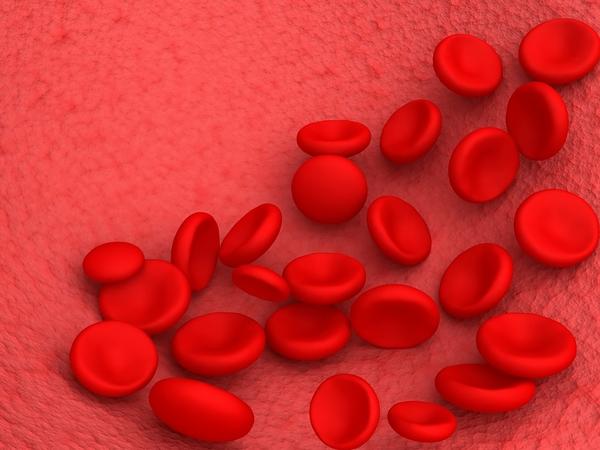Thalassemia is a blood disorder that is hereditary. It is characterized by the reduced amounts of hemoglobin — a type of protein that is rich in iron and gives the blood its characteristic red color. Hemoglobin is a very important blood component because it’s the one that permits the carrying and distribution of oxygen molecules to the body’s tissues.
Because it is inherited, the kind and severity of thalassemia is primarily determined by the abnormal or missing gene a parent had passed to an offspring. There are different types of thalassemia — dominant beta thalassemia, beta thalassemia intermedia, beta thalassema minor and, the worst kind, beta thalassemia major or also known as Cooley’s anemia.
This article focuses on some important things that you need to know about beta thalassemia major or Colley’s anemia.
What is Beta Thalassemia Major?
The #11 chromosome of a person suffering from thalassemia is either abnormal or missing, therefore affecting the chain of the molecule of the blood’s hemoglobin. Usually, a person has a couple of #11 chromosomes because both parents pass one of their own to the offspring. In most forms of thalassemia, only a single #11 chromosome is affected. When both of them are abnormal, that’s the time when beta thalassemia major or Cooley’s anemia develops.
As earlier mentioned, beta thalassemia major is the worst of all forms of thalassemia. It’s for this reason why someone who has the condition may require constant blood transfusions to ensure that the blood has sufficient amounts of hemoglobin to effectively supply the various tissues of the body with all the oxygen they need. Also, someone with beta thalassemia major may not be able to live a full normal lifespan.
What are the Signs and Symptoms of Beta Thalassemia Major?
During the first to second years of life, someone with the hereditary blood condition tend to have pale skin, nails and mucous membranes. The sufferer is also weak, has a very poor appetite and irritable. Shortness of breath, dizziness and headaches are very common due to the decreased amount of hemoglobin as well as oxygen molecules in the blood. Constantly having fever and an assortment of infections are other common symptoms of beta thalassemia major.
Swelling of the abdominal areas due to the hyperactivity of the spleen is a sign of beta thalassemia major too. An infant with the condition may fail to meet the expected growth rate and weight gain based on the gender and age. The sufferer also exhibits what is known as jaundice — a condition wherein the skin and the white of the eyes appear yellowish.
What are the Complications of Beta Thalassemia Major?
Immediate treatment is necessary in order to prevent or control the common complications of beta thalassema major. One of the numerous complications that may arise from the blood condition is the enlargement of various organs such as the heart (cardiomegaly), liver (hepatomegaly) and spleen (splenomegaly).
Beta thalassemia major may also cause the bones to become thin and brittle, leaving them deformed and very prone to ending up fractured. This effect on the bone is brought about by the expansion of the bone marrow (where the red blood cells are produced) within to make up for the anemia caused by beta thalassema major.
Because regular blood transfusions are commonly done on someone who is afflicted with the condition, it’s not unlikely for excessive amounts of iron to collect in the various organs of the body, including the heart. This is the reason why many sufferers of beta thalassemia major end up with heart failure in their early 20s or even in their teenage years.
What are the Treatments for Thalassemia Major
Although it’s true that beta thalassemia major is the worst of all types of thalassemia and it’s a lifelong condition, a person who is suffering from it may still be able to enjoy a happy and fulfilling life. This is especially true if the course of treatment given by a specialist is followed carefully. Some of the usual beta thalassemia major treatments include:
- Blood transfusions on a regular basis
- Intake of medications to control the buildup of iron in the various organs, brought about by regular blood transfusions
- Daily supplementation with folic acid to promote the formation of red blood cells
- Possible surgical removal of the spleen (splenectomy)
- Possible surgical removal of the gallbladder
- Regular testing of the functioning of the liver and heart
- Bone marrow transplantation, although the number of procedure done is limited as it may be challenging to find the right donor and there are certain risks involved












